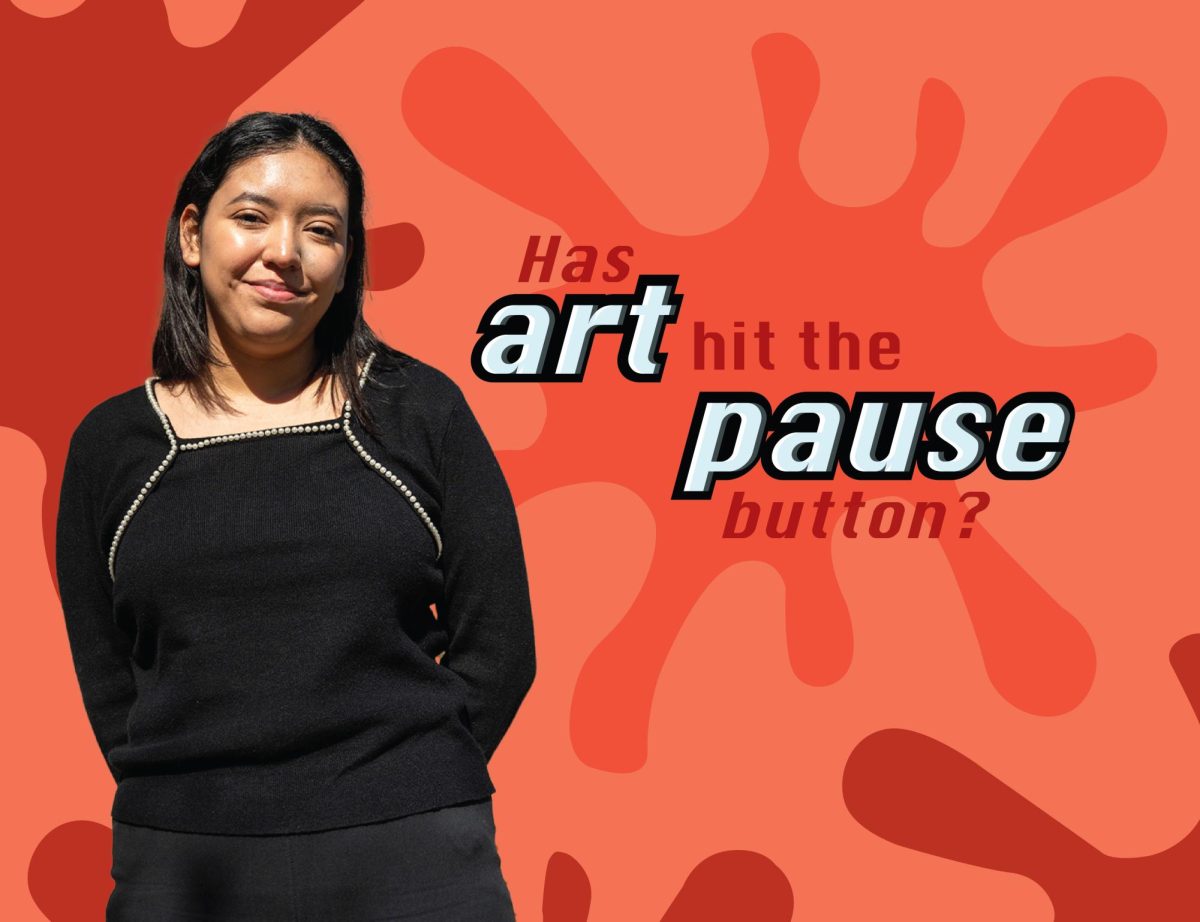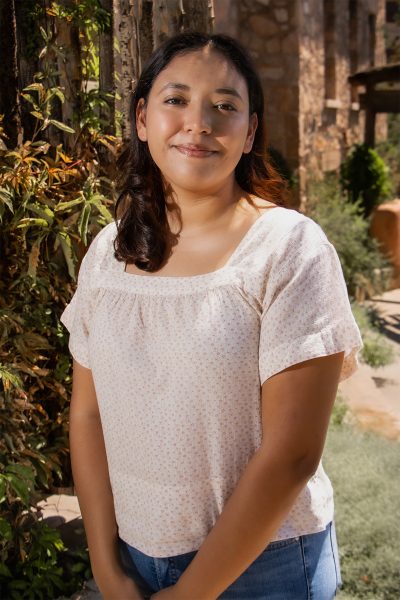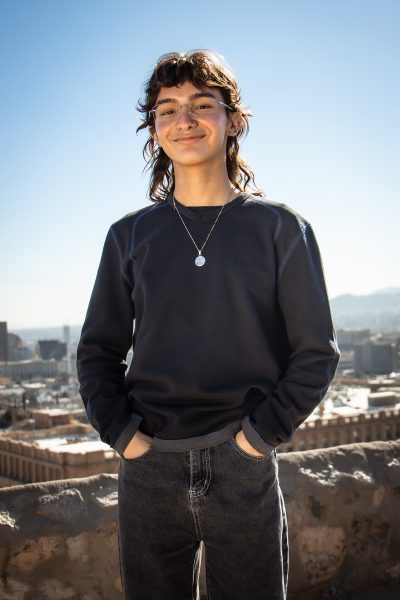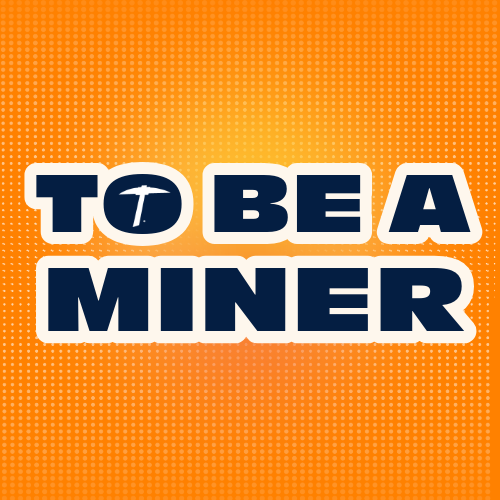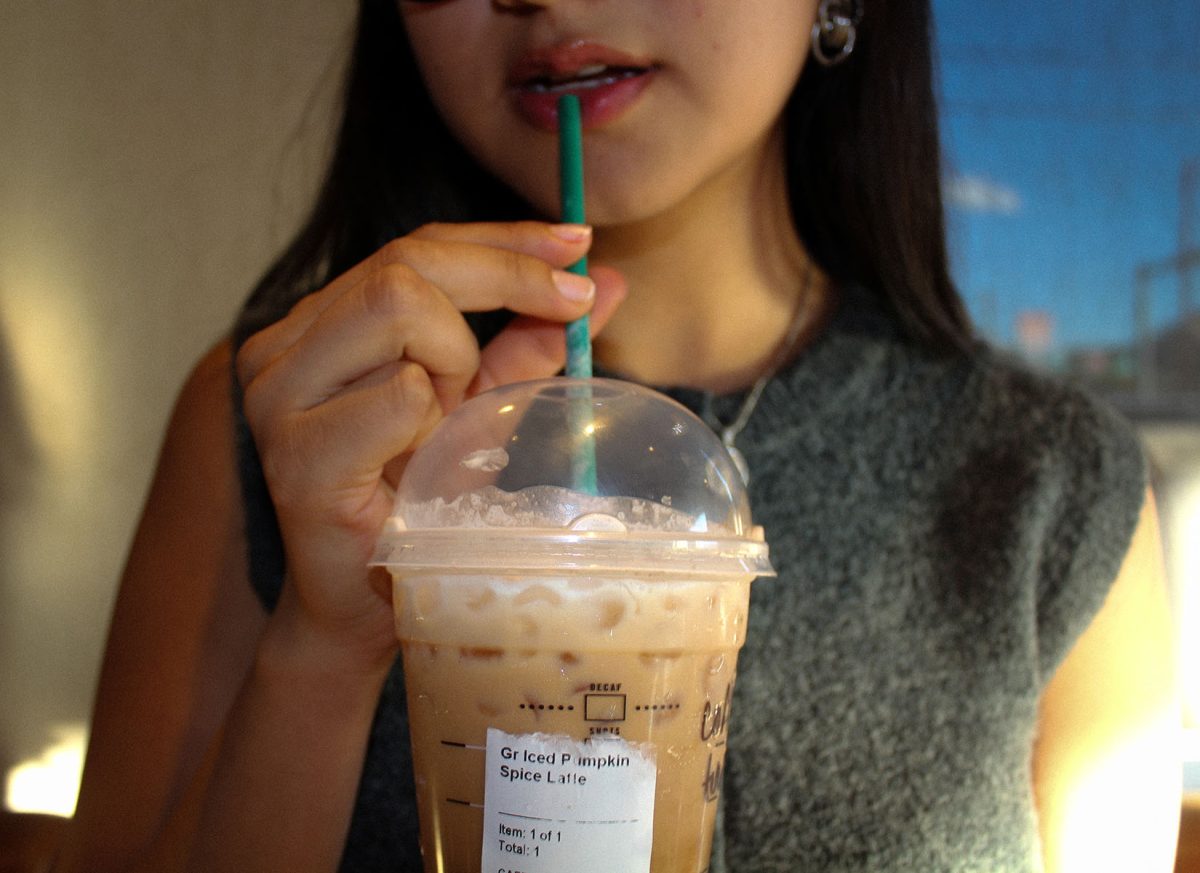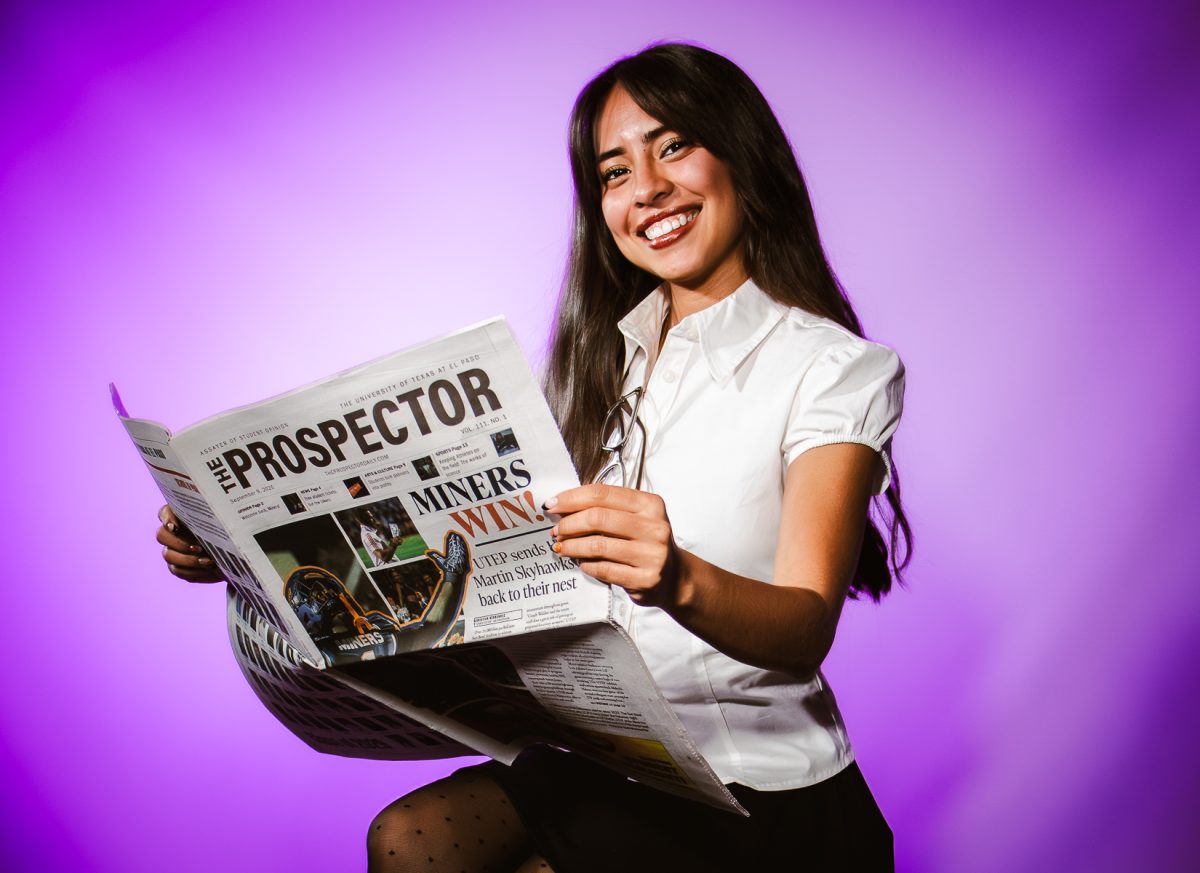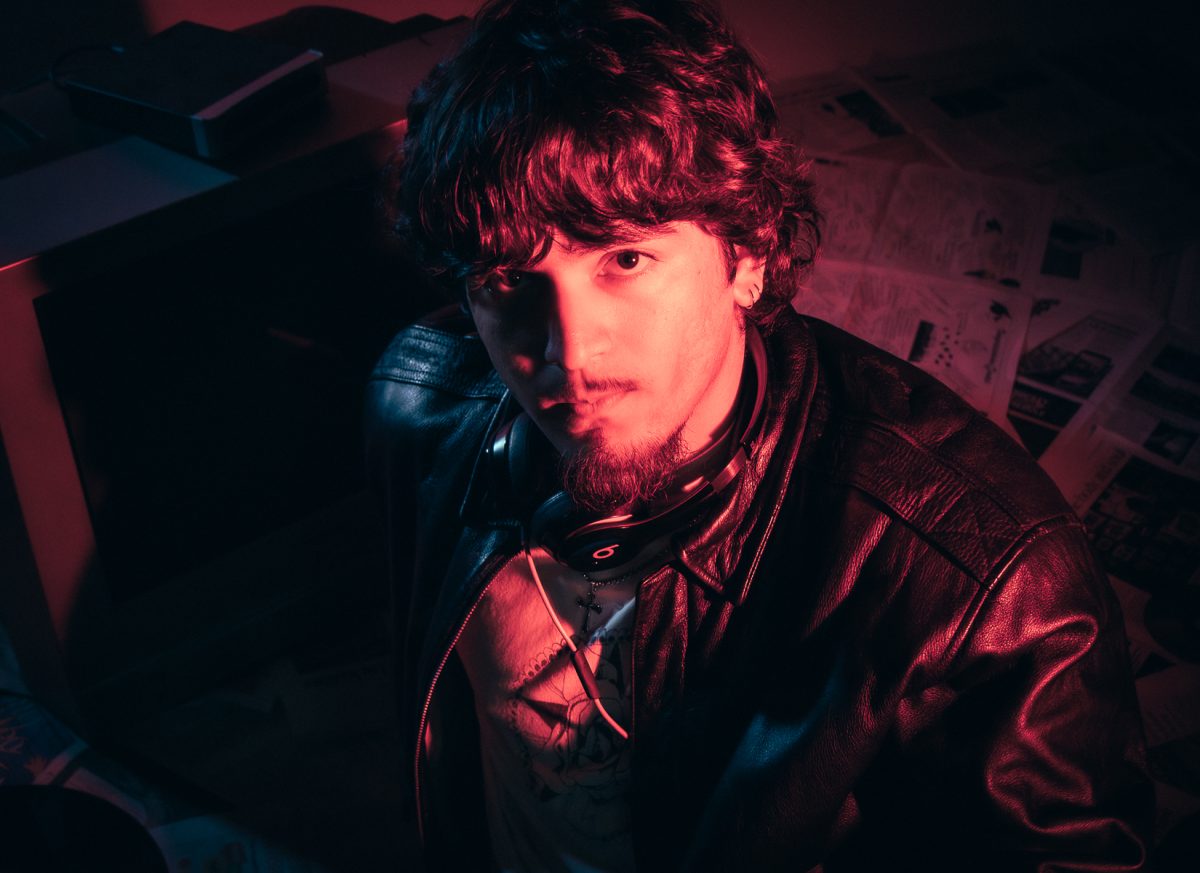Through several eras of art history such as the romantic era (18th-20th centuries), modern era (1900s-1970s), and the contemporary era (1970s-present). Art has reflected artists’ personal lives, while also highlighting the ever-changing world.
Although, present day artists face a unique addition to their art, the influence of social media and the impact it has on art’s distribution.
According to The Art of Education University, many artists have transitioned from traditional art to digital art as it makes it more accessible for both artist and consumers, it increases productivity, and one can share it instantly to a wider audience.
However, several problems have risen because of the transition such as making it easier to steal or copy art, less hands-on experience, less versatility and less uniqueness between different artists.
To some artists, the switch between traditional art to digital art has become an advantage in their artist journey, while others see it as obstacle in theirs. Artists and art lovers pose the question, is physical art becoming obsolete? Is art becoming static?
UTEP art major, Alyssa Hernandez shares that exploring digital art has made her gain motivation in continuing art as career.
“Starting to do art digitally and being able to share more of it online has shown me how useful a tool it is,” Hernandez said. “It has helped me connect with other artists, get new ideas, and just be able to make more art. I don’t think physical art will ever disappear, but digital art can help an artist gain a following and even careers which I know for me was a big worry.”
UTEP student, Blake Avilar is an aspiring artist with a different view on digital art sharing how they have worries about the sincerity of digital art.
“I’m more passionate about the work that I am doing when I’m physically doing it all,” Avilar said. “For me switching to a digital form wouldn’t feel as authentic to me as an artist, it wouldn’t have my same emotions or the same meaning behind it.”
For other artists, like UTEP art major Juan Garcia, the worry lies with the risk of having their art or ideas stolen from them either by other artists or technology.
“While I know why digital art is taking over, it’s scary and sad to think that putting your art online makes it easier for your work to get stolen by other people or for people to copy your ideas,” Garcia said. “Traditional art is harder to do that with and it just feels safer, I feel like I don’t have to worry about someone stealing my work.”
For UTEP student Denise Vasquez, Artificial Intelligence (A.I) is the major issue with the switch to digital art from its traditional form.
“We have seen artists talk about how A.I generated art steals work from artists which I don’t think was a problem with traditional art,” Vasquez said. “Now we have to worry not only about other people stealing our work but that if we decided to share it online it could mean it will be used in A.I without our permission.”
Physical art has withstood the tests of time, and it is still widely shared and admired by art fans around the world. However, artists continue to make traditional art because it is the foundation of all art and because of this, I do not think physical art can ever truly become absolute.
Digital art and social media offer a new tool that can help make a career as an artist more manageable. It allows them to gain an audience at a more efficient pace, which for many artists is their motivation to continue at their craft.
Art is no longer confined to galleries, exhibitions, or museums but rather it can be seen at anytime, anywhere by simply opening any social media platform.
Ximena Cordero is a staff reporter and may be reached at [email protected].


